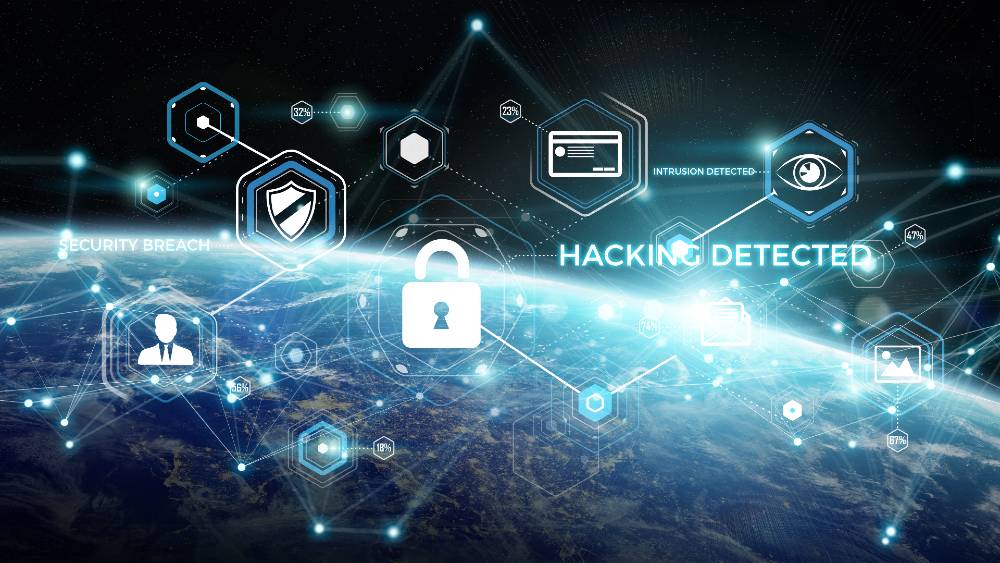Ransomware, malware that encrypts your data and prevents access until a ransom is paid, has quickly become a cyber security nightmare. Just a few years ago it was practically unheard of. However, 2020 saw a spectacular rise in ransomware attacks during the initial phases of the COVID-19 pandemic. When it comes to cyber security in 2021, experts predict more ransomware attacks in the future. One of the first steps you can take to strengthen your security is to truly know your data.
Understanding Your Risk
No business is truly safe from ransomware or other kinds of malware. A survey of 1,100 IT professionals found that 90% of them had clients who had experienced a ransomware attack in the last year alone! Statistics suggest that a new ransomware victim is created every 11 seconds. Clearly, no one can ignore this cyber security threat. How can you control your risk of infection?
The overwhelming majority of ransomware attacks rely on email to succeed. Over 90% of all malware enters an organization via email. A seemingly innocuous email reaches one of your employees with an attachment. Your team member opens the attachment, unaware of what it truly contains. Once it's running, their computer gets completely locked down by the malware. Well-designed malware can then spread to other computers on your network, even reaching your central servers.
Can You Reduce Your Risk of Exposure to Ransomware?
Are you willing to abandon email completely or force your employees to use virtual machines to read their email? Those are the only foolproof ways to keep malware at bay. However, they're extremely impractical and unlikely to be followed to the letter due to the inconvenience they impose on businesses and employees.Since we can't completely block the access route that malware loves to exploit, we must protect what malware attacks: Your Data.
This is where it becomes important to know your data. Do you have a comprehensive understanding of where your data resides and how exposed it is to this risk? Malware can only affect files that the PC it runs on has access to. Do you know how much data you have, and who can access it? If you cannot confidently answer yes, then you need to consider a data assessment for more information.
Understanding Your Data
Having the insight of truly knowing your data can give you the information you need to take additional security precautions and avoid the worst consequences of a malware attack. A data assessment by Aparavi uses data intelligence and automation to present your data to you in a single dashboard, letting you know where it lives and what type of data you have. Aparavi will reveal all of your data, including hidden files that you may not be aware of. It can also highlight the presence of duplicates or redundant files, which may pose a risk as they are often incognito and could contain sensitive information.
Additionally, Aparavi will identify any data that may need additional security. You can get a breakdown of your data by file type or extension, as well as a general data map that tells you where your data is being stored. With this information in hand, you'll know your data. You can then take steps to shore up your security.
Improving Your Defenses
Defending against cyber-attacks is a challenge. You have to strike a balance between restricting your employees too much – which would stifle workflows – and being too permissive – which increases risk. Smart data management is one of the most effective strategies that you can employ. Not only will it improve your overall productivity, but it can reduce your risk in the event you suffer a cyber-attack or security breach.
For instance, if sensitive files are kept offline and only accessed, when necessary, they are unlikely to be encrypted by ransomware. Conversely, you could upload these files to a cloud server where ransomware can't operate. However, if you don't know your data in the first place, you won't be able to intelligently relocate your files in their entirety. Knowing your data is the first step towards true security.
Reacting to Ransomware
If you are held ransom by malicious software, what can you do? Seeing as businesses can lose up to thousands of dollars per hour during a ransomware attack, it may seem best to just pay the ransom and move on. However, only 30% of those payments actually result in liberated files. Paying the ransom rarely solves the problem.
If know what data has been compromised, you could easily restore your data from backups. With a smart data management platform like Aparavi, you can know your data before a cyber-attack occurs. Contact Aparavi today for a demo or data assessment (no sales involved) and learn how our platform can help you in be better prepared in times of a data crisis.
